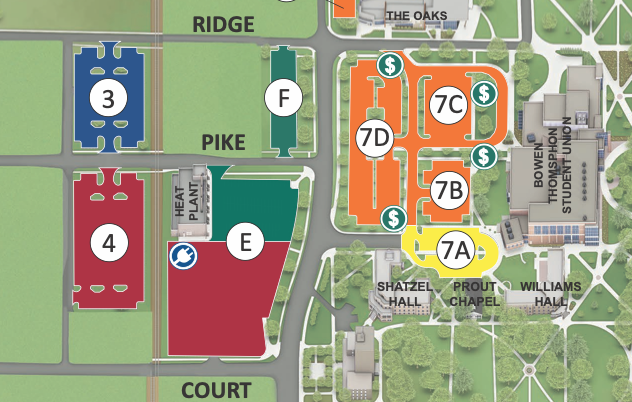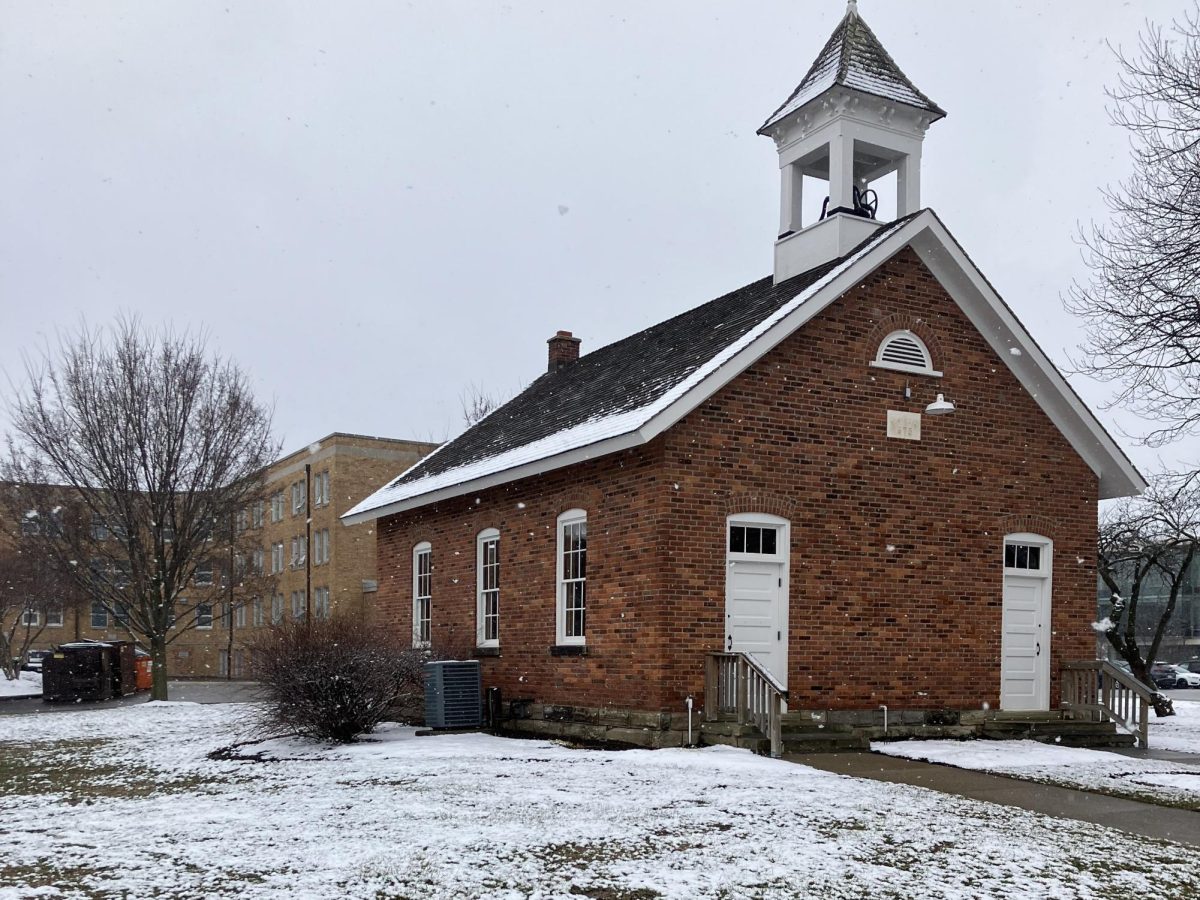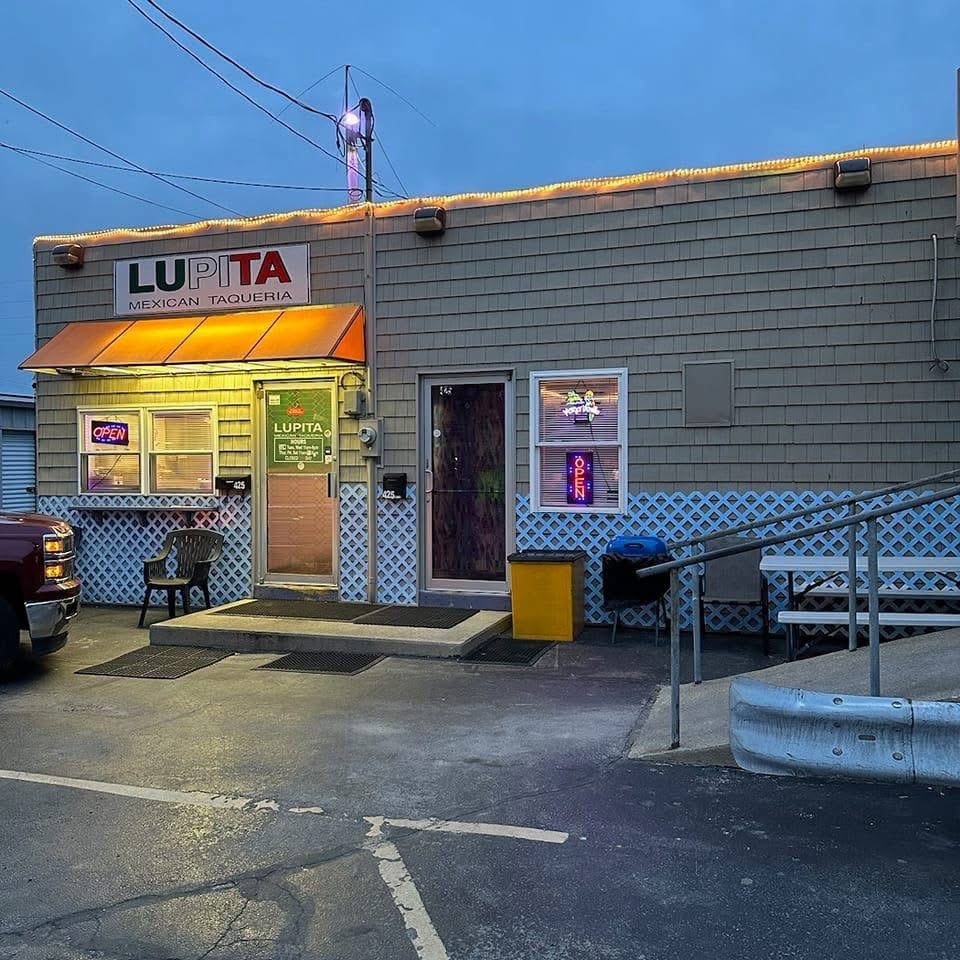While Native Americans, environmentalists and social advocates protest the Dakota Access Pipeline in North Dakota, Bowling Green citizens voice their concerns about a similar pipeline that is planned to run through Bowling Green’s backyard.
Nexus Gas Transmission LLC is planning to construct a 225-mile interstate natural gas pipeline, running from Kensington, Ohio, to Willow Run, Michigan.
A portion of the pipeline is planned to be constructed on city land. According to Utilities Director Brian O’Connell, the pipeline will run 3 miles east of the water treatment plant and reservoirs that provide Bowling Green citizens with clean water.
The agenda at city council included a first reading of an ordinance authorizing Brian O’Connell to grant Nexus Gas Transmission LLC permission to construct and maintain that portion of the pipeline on city land.
O’Connell said Nexus will get the easement, or permission, to build on land without owning the land, one way or another.
“If we wait for them to get federal approval for the project and involve the court system, obviously we have to pay attorneys and there will be a much longer legal battle, and at the end of it, they are still going to acquire the appeasement,” O’Connell said.
By granting appeasement, the city of Bowling Green would receive $151,000 as compensation from Nexus.
Lisa Kochheiser, Bowling Green resident, asked council members what could be done with $151,000.
She asked if $151,000 could fix the property value depreciation for the land where the pipeline runs? Could $151,000 pay to compensate the farmers who would experience a decline in crop yields due to the pipeline? Could $151,000 pay for the health concerns caused by toxins and carcinogens infecting the soil and air?
Where the pipeline would cross under the Maumee River, there is a hot bed of geological activity, according to Kochheiser. The pipeline would pass directly above a fault line in an area where karst terrain, or ground pocked with cracks and caverns, is predominant. Karst terrain is unstable and is susceptible to sink holes.
University Environmental Science Student Matthew Cunningham also addressed council, citing the fragile temperament of the 1.5 billion cubic feet of natural gas that would surge through the pipeline every day. He said if an explosion were to occur, 30,000 people would be without water for an indefinite amount of time.
At the same time this pipeline is being proposed, the city is in the process of constructing the state’s largest solar field and recently constructed a solar field.
Vassiliki Leontis, another community member, passionately questioned the council. She asked how a city could build a beautiful, innovative and efficient solar field and then begin to discuss an easement of “such a filthy project.”
The council moved the ordinance to second and third readings and will continue to be discussed at the next city council meeting at the City Administrative Services Building at 304 North Church St. on Nov. 21 at 7 pm.



















